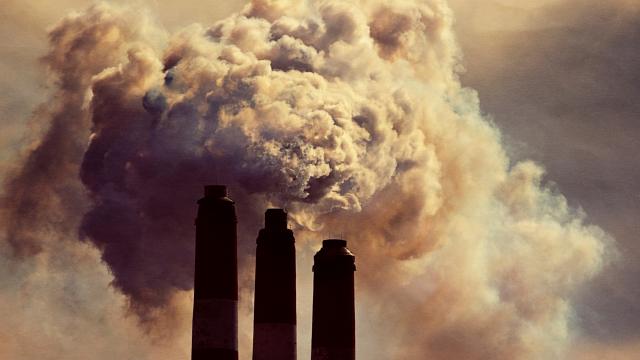The Department of Environment released three key climate documents yesterday: Australia’s emissions projections 2017, 2017 Review of Climate Change Policies, and a Quarterly Update of Australia’s National Greenhouse Gas Inventory: June 2017.
We checked in with the experts to see what they thought.
Ian Lowe is Emeritus professor of science, technology and society at Griffith University, Qld and former President of the Australian Conservation Foundation
The data released today shows once again that our greenhouse gas emissions are still increasing and there is no coherent policy framework to meet our international obligations.
Government policies of encouraging rapid population growth, failing to invest in public transport and continuing the massive subsidies of road freight see transport emissions continuing to increase. While electricity emissions have not increased despite government inaction, the refusal to adopt a clean energy target means there is no realistic chance of achieving the needed cost-effective reductions from wind and solar energy.
The Commonwealth document suggests that emissions from land clearing have almost ceased, but the obstruction of minor parties in the Queensland parliament has seen an orgy of broad-scale destruction of native vegetation in that state. The inclusion in the statement of credit for meeting our uniquely generous Kyoto target effectively amounts to rewriting the books to put a better light on our inadequate national performance.
[clear]
Professor David Ellsworth is at the Hawkesbury Institute for the Environment at Western Sydney University
The end of the year is always a good time to take stock and see what the future may bring. Having our nation on track to overachieve its CO2 emissions targets for the future, with even more savings of emissions than were projected at this time last year, would normally be cause for celebration.
However, estimates naturally get better as one gets closer to the target date, and 2020 is not that far away anymore.
What is not recognised by the latest government reports is that our forest losses are high, our reef has experienced the ravages of a warming ocean, and our voluntary emissions targets to minimising damaging levels of a warming climate are near the bottom basement of OECD countries. Other nations can manage to reduce emissions whilst maintaining growing economies, and have less population-intense emissions than we do as well.
So, our voluntary policies position us to be ahead of an unambitious 2030 CO2 emissions target. But, to realistically meet our global target to limit temperature increase to well below 2 degrees Celsius, we should still look in the years ahead to improving our CO2 emissions from land-use practices, and improve the modelling on which the projections are based.
[clear]
A big thanks to Scimex for chasing up these quotes for us.
